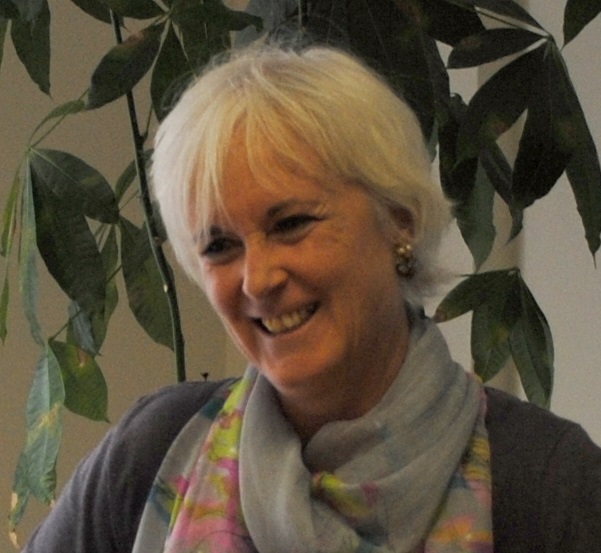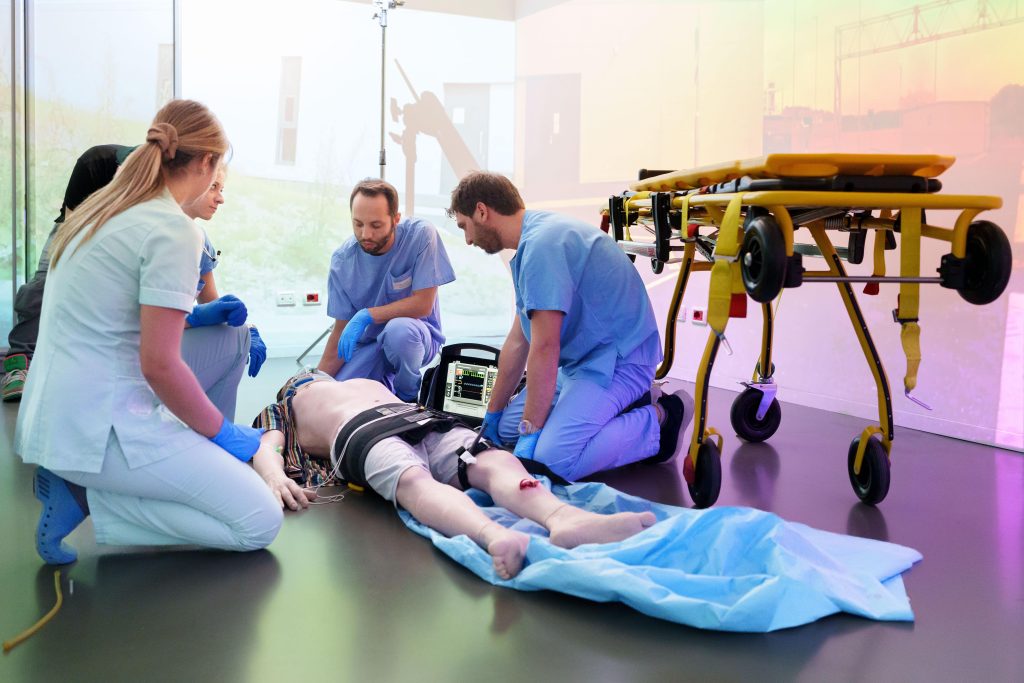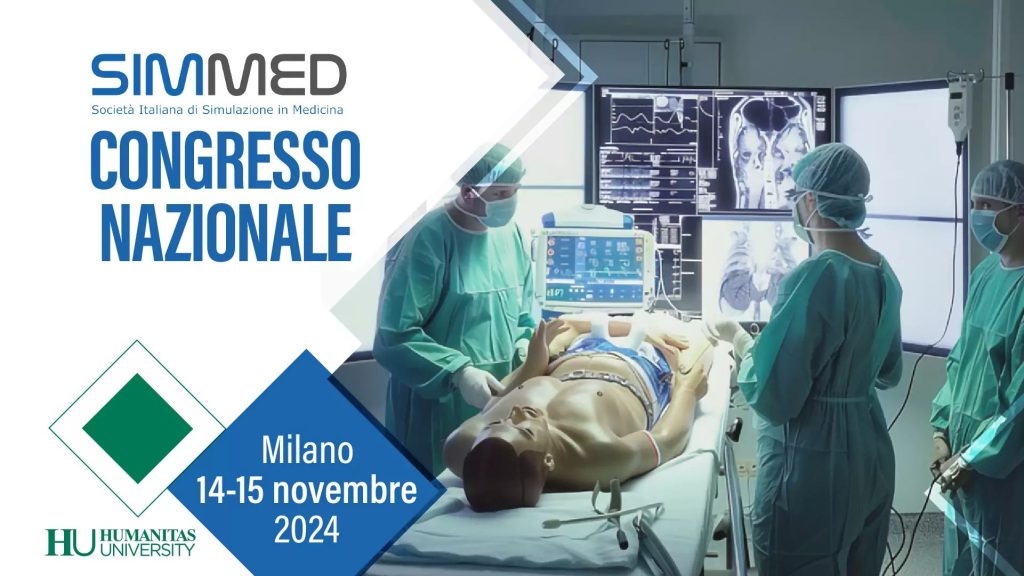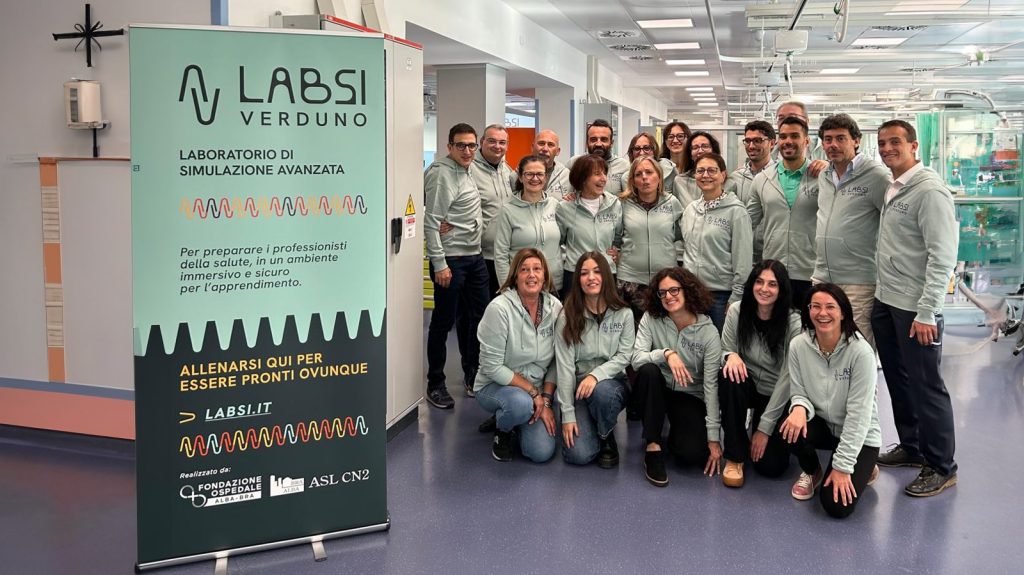Writing the perfect simulation scenario is not an easy task: Alex Clark explains the best way to deal with it.
Content written in collaboration with iRIS Simulation Platform
The quality and control of the design of a scenario is at the heart of the consistency and quality of simulation-based education (SBE). It’s really simple, everything flows from the scenario design. So, it must be great and manageable!
Most Sim Centers have defined Manikin- and SP-based Scenario templates, but often local versions/inconsistencies exist. Once a scenario is completed, where are masters held? And how are changes managed, and updated to Facilitator, SimTech and system files? These challenges make consistent delivery across multiple sites hard. Another pain point is the sheer effort to write scenarios and programme the equipment. Scenarios are complex human/technical processes that require detailed and robust design and management processes. Last, but not least, frequent reinvention of the same Scenario is commonplace simply because sharing and collaboration are just too hard.
However, the Societies (INACSL, SSH, SESAM, ASPiH, etc.), provide best practice frameworks and guidance for all aspects of SBE. And, given its central role, scenario design best practice is well defined. So here are our key insights on how to best design magical Scenarios.

Founder and Product Director
iRIS Simulation Platform
Magic Starts with Best Practice
The best route to high quality Scenario Design is to standardize and optimize your scenario design Templates! The Societies have codified and shared hundreds of years of Sim experience. Ensure your Templates: (1) reflect best practice, and (2) make it super-easy for Teams to apply the guidance.
Scenario Objectives and Golden Path
As Stephen Covey1 said: “Begin with the End in Mind”. Great objectives married to crystal clear educational needs are the foundation for a magical SBE and Learner journey, but patient care requires rapid decision-making, every day. So it can be instinctive to quickly jot down the scenario needs and objectives. Instead, ensure you can clearly see the required Learner thinking, process, decisions, actions, etc., and, as Ann Sunderland(2) describes, the “Golden Path”, or ideal route, to achieving the objectives.
Build Out the Scenario Design
Great objectives and the Golden Path make the rest of the design easy, namely:
Scenario Setup
- Roles Needed – the patient to be treated, their presenting history and other known information for the learner briefing. Consider parent/partner/other roles, and the delivery and clinical (learner) teams involved in the scenario.
- Setup the Scene – for example, a manikin patient in an acute ward setting and associated monitors. Define other detailed setup such as moulage, respiratory equipment or medications. Consider checklists for all areas, and pictures of the setup so it is easy to re-run.
Design of Scenario States
Start with the baseline state, the initial condition of the patient and the vital signs and assessment information. Add other information like behaviour of roles, distractors, arrival of diagnostics, protocols, expected outcomes. Use the Golden Path to now add:
- States based on expected interventions, such as “Improvement – fluid bolus given”
- States based on realistic deviations, such as “Deterioration – fluid bolus not given”.
Debriefing –the Magic Realised
Facilitators make it safe and positive for experiences to be shared. Learning becomes conscious. The Golden Path becomes clear, and we can choose to run again if needed for skills and confidence. Adopt and build skills in a proven framework (PEARLS, DASH, 3D, etc.). Resources and training are available so you can maximise simulation learning for participants.
Inter-professional Working Made Easy
One last point! Scenario Design is Inherently an Inter-professional Activity, with Simulation-based Educators, Subject Matter Experts, Simulation Technicians, Facilitators, etc.. Each brings their expertise and ideas to the Scenario Design process. There is always a Team which needs an easy way to work together in shared scenario documents and resources, to Chat and discuss, to agree readiness, etc.. Easy co-working is a real priority for all SBE.
Final Thoughts about What Next
So what does the future hold for Scenario Design given the advances in technologies, greater collaboration, and the drive to increase Patient Safety? Increasingly sophisticated manikins, immersive technologies, VR etc. add more and more value, so easy and pervasive Scenario Design, collaboration and sharing within and across organisations and wider is key:
- Easy alignment with the Standards to deliver high-quality SBE every time
- Greater re-use of existing Scenarios, versus reinventing the wheel
- Easier and better management of each Scenario – accessible, maintained, high quality.
The iRIS Simulation Platform condenses our 10+ years of experience supporting SIM centres to create high-quality scenarios. iRIS started with the vision of Dr David Grant, and now reflects the generous feedback of hundreds of simulation educators, insight from societies, and our ideas.
- Stephen Richards Covey was an American educator, author, businessman, and speaker. His most popular book is The 7 Habits of Highly Effective People.
- Ann Sunderland specialises in clinical skills and SBE across the range of healthcare professions.
READ ALSO































